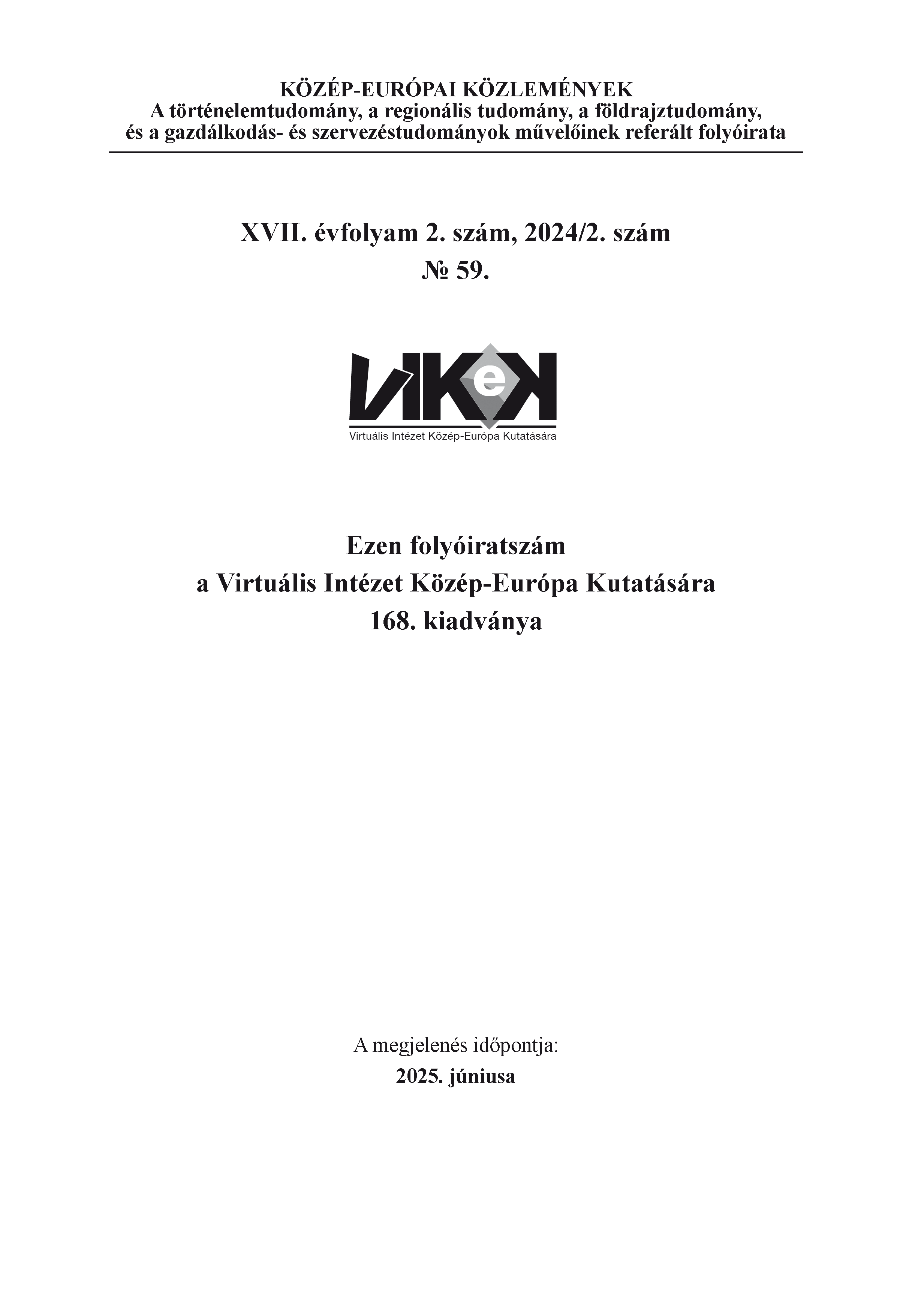Hyperinflation and Stabilization in Hungary in 1945-46
Main Article Content
Abstract
The inflation that raged in Hungary in the spring and summer of 1946 was one of the highest inflation rates in history, often mentioned in conjunction with the 1993 Yugoslav and 2008 Zimbabwean inflations. The extremely rapid price increases drew the attention of economists, and many of them used Hungarian inflation data for their research. However, they not only recognized and studied the uniqueness of the Hungarian monetary depreciation at the time but also spoke with admiration about the efforts to improve the economic situation, which ultimately led to the introduction of the new stable currency, the forint. The study provides an overview of the causes of the acceleration of inflation and the unique attempts to curb inflation. It extensively presents the circumstances surrounding the preparation for stabilization and the introduction of the forint. The conclusions drawn here can serve as valuable supplementary information for research into the history of inflation and as a basis for historical comparisons with the inflationary situations in other countries.
